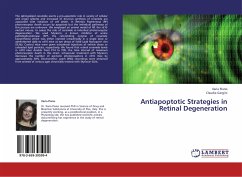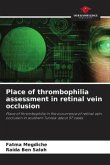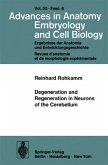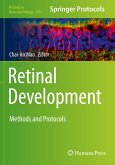The sphingolipid ceramide exerts a pro-apoptotic role in variety of cellular and organ systems and increased of de-novo synthesis of ceramide are associated with initiation of cell death. In Retinitis Pigmentosa (RP) photoreceptor death occurs by apoptosis but the individual pathways of this process are unknown. We employed an animal model of RP, the rd10 mutant mouse, to assess the role of ceramide in inherited photoreceptor degeneration. We used Myriocin, a known inhibitor of serine palmitoyltransferase (SPT, the rate-limiting enzyme of ceramide biosynthesis) which was either injected intravitreally in a single dose or administered daily to rd10 mice as eye drops of Solid Lipid Nanoparti- cles (SLNs). Control mice were given intravitreal injections of vehicle alone or unloaded lipid particles, respectively. We found that retinal ceramide levels in rd10 mice double from P14 to P30, the time interval of maximum photoreceptor death in this strain. Intraocular treatment with Myriocin decreases the number of pycnotic photoreceptors in rd10 mice by approximately 50%. Electroretino- gram (ERG) recordings were obtained from animals of various ages chronically treated with Myriocin-SLNs.
Bitte wählen Sie Ihr Anliegen aus.
Rechnungen
Retourenschein anfordern
Bestellstatus
Storno








